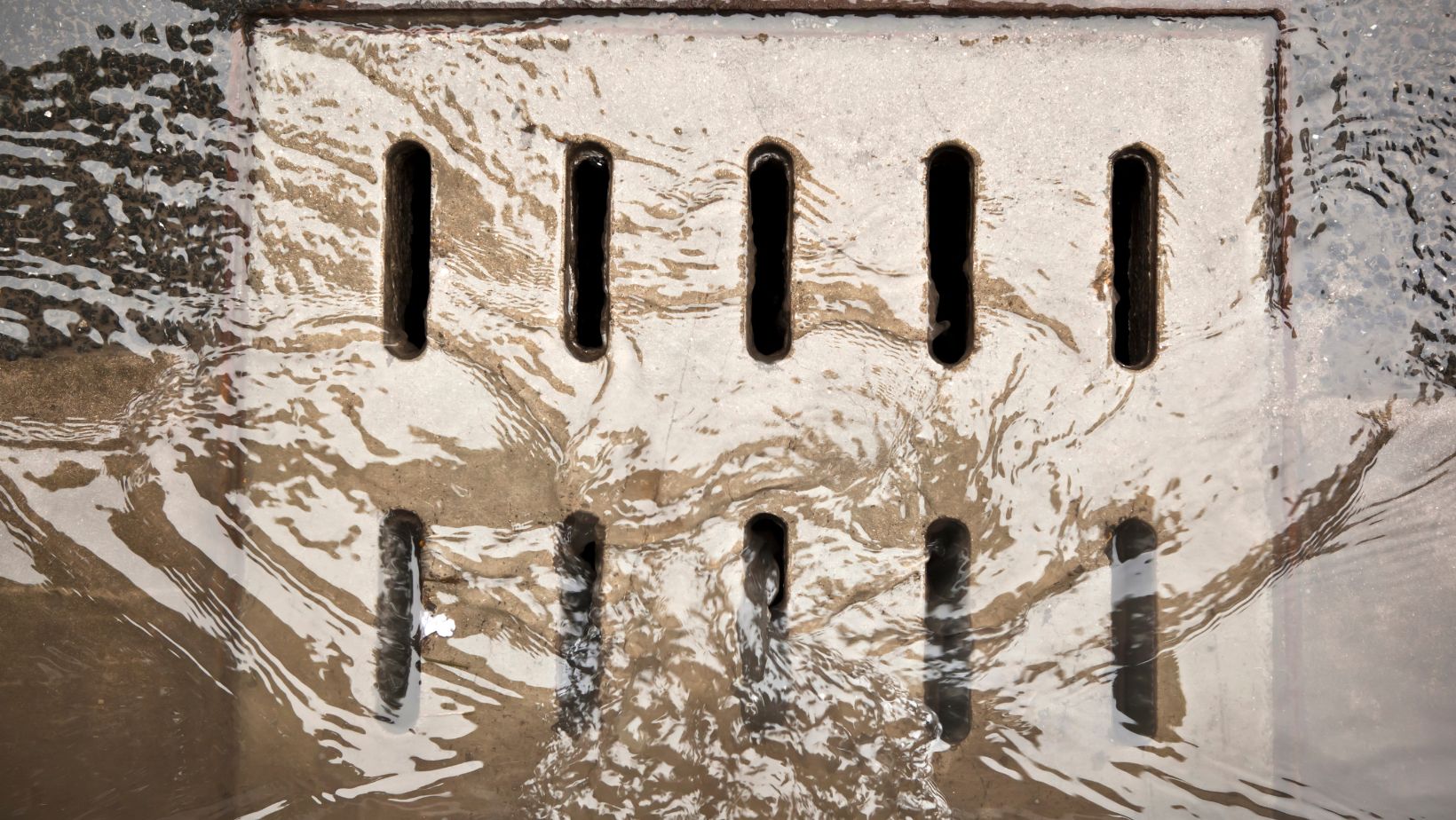It starts with something small—maybe a faint musty smell in the basement, a small puddle near your furnace, or a damp corner you keep meaning to mop up. But that seemingly harmless moisture can quietly grow into one of the most destructive (and expensive) issues in your home: water damage.
One of the most overlooked causes? Improper drainage from your HVAC system. Many homes rely on gravity to remove condensation, but when that’s not enough, it can lead to unexpected leaks and long-term structural damage. In setups where gravity drainage isn’t practical—like with basement units or wall-mounted air conditioning systems—condensate pumps provide an effective solution to move moisture safely out of your home before it causes problems.
Let’s break down why these small issues can snowball, how to spot early warning signs, and what steps you can take to avoid costly repairs.
Where the Water Comes From
HVAC systems don’t just heat or cool your space—they also extract humidity from the air. That moisture condenses into water inside your system and is typically channeled through a drain line. When everything works properly, the water exits quietly. But if the drainage is blocked, inefficient, or overwhelmed, you may start to see wet spots, mold growth, or even rot in surrounding building materials.
What’s deceptive is how slow and quiet this process can be. By the time you see visible water damage, the real harm could already be inside your drywall, insulation, or subflooring.
Hidden Risks That Add Up Quickly
Small leaks can cause big damage over time, especially in areas that aren’t frequently checked—like basements, attics, or behind walls. Here are a few examples of how the costs can escalate:
- Mould remediation: Even a small amount of hidden moisture can lead to mould growth, which not only damages property but can pose serious health risks. Professional remediation can easily run into the thousands.
- Structural repairs: Water damage weakens wood, drywall, and insulation. Floor joists can warp, walls can crumble, and paint may peel. What starts as a leak might end with major repairs.
- System failure: Excess moisture can affect the performance and lifespan of your HVAC system. Water buildup around electronics or components can cause malfunctions or force early replacement.
Early Signs of Drainage Trouble
The sooner you spot the problem, the easier it is to fix. Look out for:
- Puddles or consistent dampness near your furnace or A/C unit
- Musty or sour smells in enclosed areas
- Unusual sounds from your HVAC system
- An increase in allergy-like symptoms indoors
- Visible mould near baseboards or wall edges
These red flags don’t necessarily mean disaster is imminent—but they are worth investigating.
Why Simple DIY Fixes Often Fall Short
You might be tempted to just mop up the water and move on. Or maybe you pour some vinegar down the drain line hoping to clear a clog. While these steps can help in the short term, they don’t address the underlying issue if your drainage setup isn’t effective in the first place.
That’s where long-term fixes come into play, especially if your home layout makes gravity drainage unreliable.
When to Consider an Upgrade
If your HVAC system is located below grade (such as in a basement), or in a spot where the drain line doesn’t flow directly down and out, you may need more than just gravity to get the job done. A condensate pump can provide the muscle to move collected water upward or across distances to a proper drainage point.
These compact devices detect the presence of water in the drain pan and automatically activate to remove it. They’re surprisingly quiet, reliable, and easy for a technician to install. In many cases, they’re the simplest way to prevent a persistent drainage problem from becoming a much bigger headache.

What a Technician Will Check
If you suspect your HVAC system isn’t draining properly, a licensed technician will typically inspect:
- The slope and routing of your condensate line
- The condition of your drain pan (checking for cracks or corrosion)
- Whether your air filter or evaporator coil is dirty and restricting flow
- Signs of system freezing, which can cause rapid water release
- Whether your current setup would benefit from a pump or drainage upgrade
They can also check for hidden damage—especially important if moisture has been pooling unnoticed for weeks or months.
Preventative Maintenance Matters
You don’t need to become an HVAC expert to avoid water damage. Just commit to a few simple habits:
- Change your filters regularly (every 1–3 months)
- Schedule seasonal inspections, especially before summer and winter
- Keep the area around your unit clean and dry
- Flush your drain line a few times per year to clear minor blockages
These small steps can help prevent slow leaks from becoming expensive disasters.
Don’t Let a Small Leak Become a Big Bill
Water damage rarely announces itself with a bang. It starts with a trickle, a stain, or a damp smell—and then it spreads. The good news is that catching drainage issues early and installing solutions like a condensate pump can stop damage in its tracks.
Your home shouldn’t be vulnerable to something as manageable as water buildup. With some awareness, a little maintenance, and the right components, you can protect your space—and your wallet—for the long haul.

